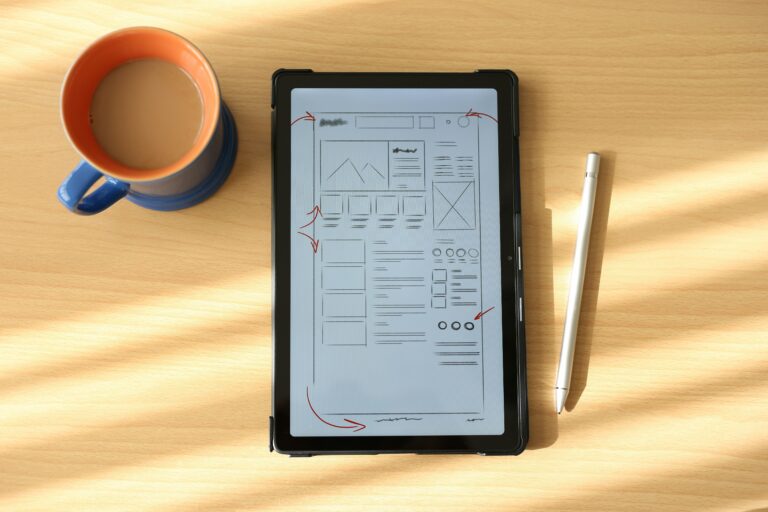In addition to strategic responsibilities, they may also be involved in tactical activities such as conducting competitive analysis, monitoring product performance and user feedback, and making data-driven decisions to drive product improvements.
Strong leadership, communication, and analytical skills are essential for this role, as they need to effectively guide and collaborate with teams, influence decision-making, and drive innovation within the organisation.
The top 10 responsibilities of a this role are usually:
Defining a clear product vision: setting a clear and inspiring vision for the product, outlining its purpose, target market, and unique value proposition. This guides the entire product team and aligns their efforts towards a common goal.
Conducting competitor analysis: monitoring the competitive landscape, identifying competitor offerings, strengths, and weaknesses. This analysis helps inform product differentiation strategies and ensures the product remains competitive in the market.
Conducting user research: Through user research methods such as interviews, surveys, and usability testing, they gather deep insights into user needs, pain points, and preferences. This data informs product decisions, ensuring that user-centric features are developed.
Defining product requirements: Based on market research and user insights, they create detailed product requirements that outline the functionality, user experience, and technical specifications. These requirements serve as a roadmap for the development team, guiding the creation of a high-quality product.
Setting product roadmap: Creating a strategic roadmap that outlines the product’s future development, including feature releases, enhancements, and major milestones. They prioritise the roadmap based on market opportunities, customer needs, and business goals, ensuring resources are allocated effectively.
Monitoring key product metrics: establishing and tracking key product metrics, such as user adoption, retention, and revenue generated. They analyse these metrics to assess the product’s performance, identify areas for improvement, and make data-driven decisions to improve business outcomes.
Product team management: managing a diverse team of product managers, designers, and engineers. They provide guidance, support, and mentorship to ensure efficient collaboration, effective decision-making, and timely delivery of high-quality products.
Partnering with sales and marketing: collaborating closely with sales and marketing teams, providing product expertise, training, and support. They ensure that sales teams have the necessary product knowledge to effectively sell the product, while marketing teams have the right messaging and materials to promote it.
Product launches: coordinating and overseeing product launches, working closely with cross-functional teams to ensure successful and impactful launches. They develop launch strategies, coordinate marketing campaigns, and monitor customer feedback to refine the product post-launch.
Product innovation: encouraging creativity within the team, and exploring new technologies and market trends. They identify opportunities for product innovation, drive experimentation, and champion continuous improvement to stay ahead of market demands and drive business growth.



